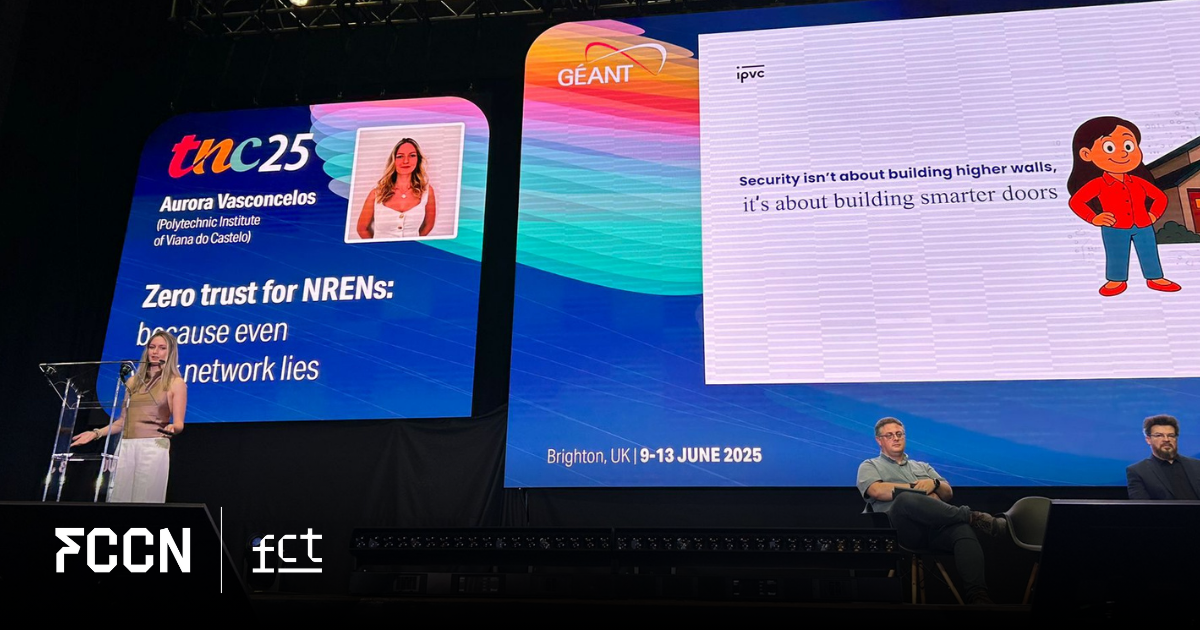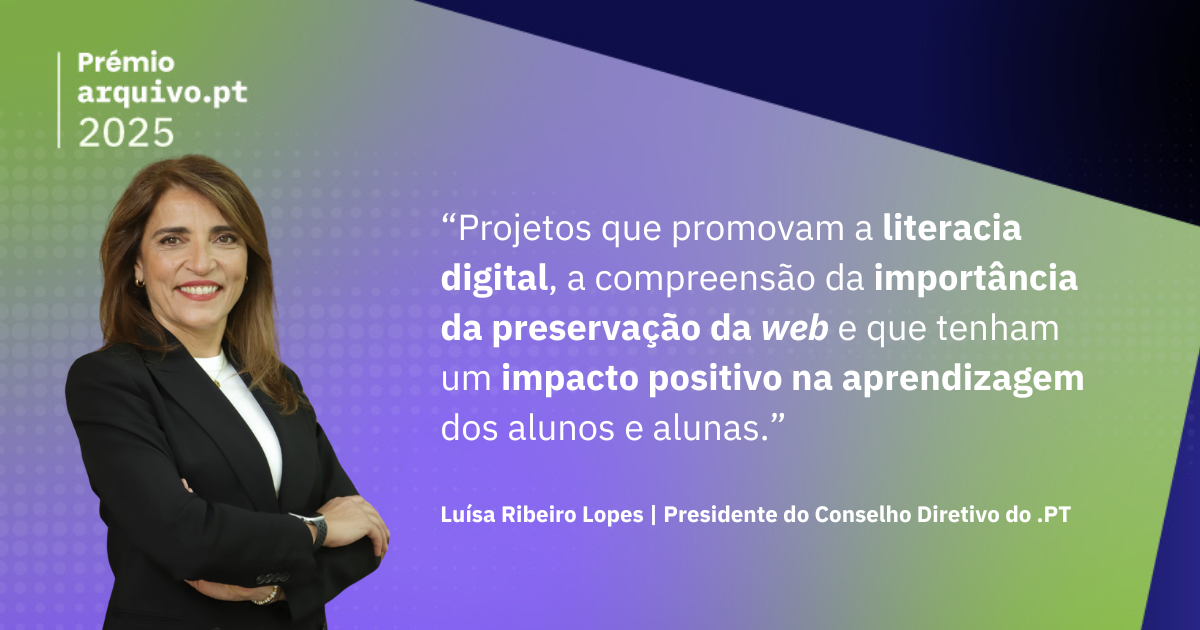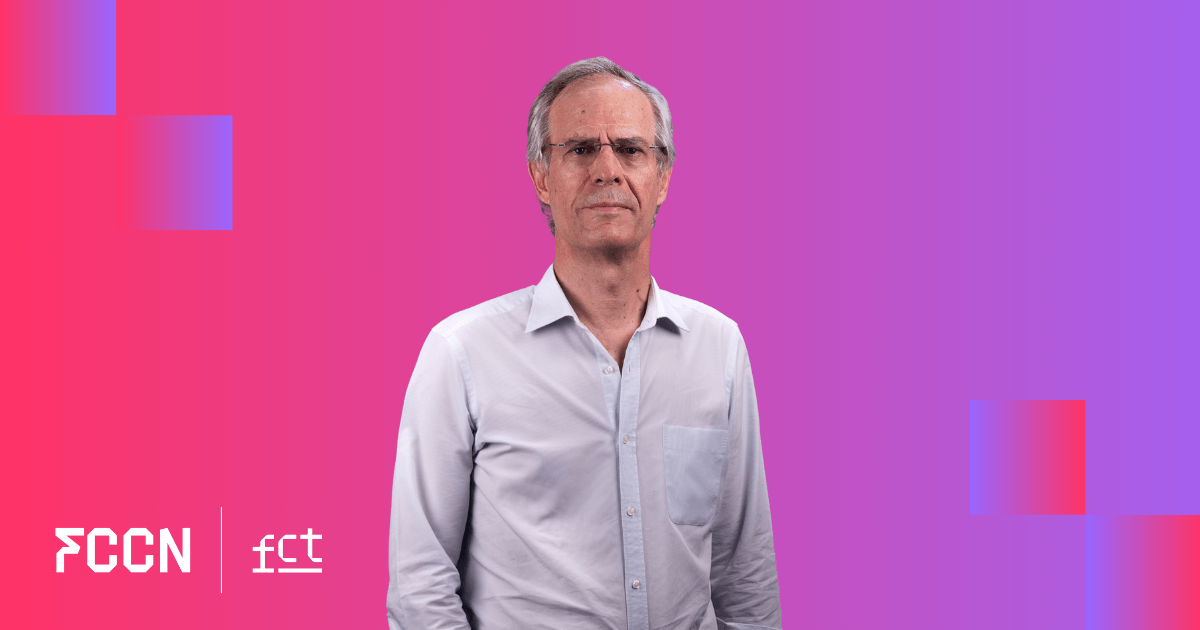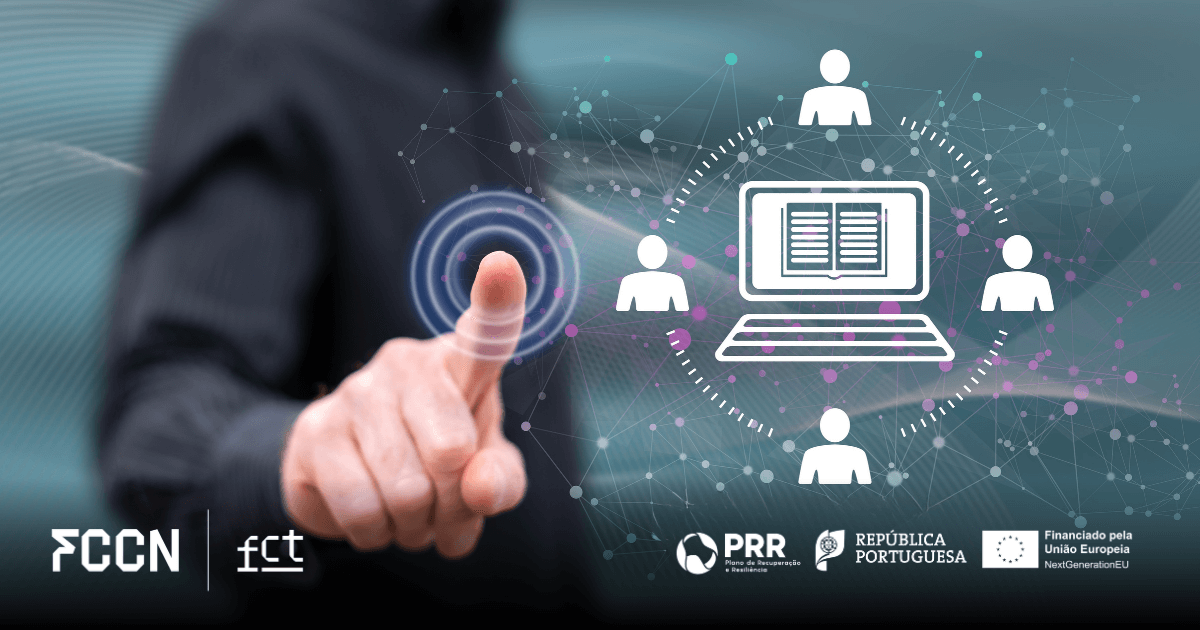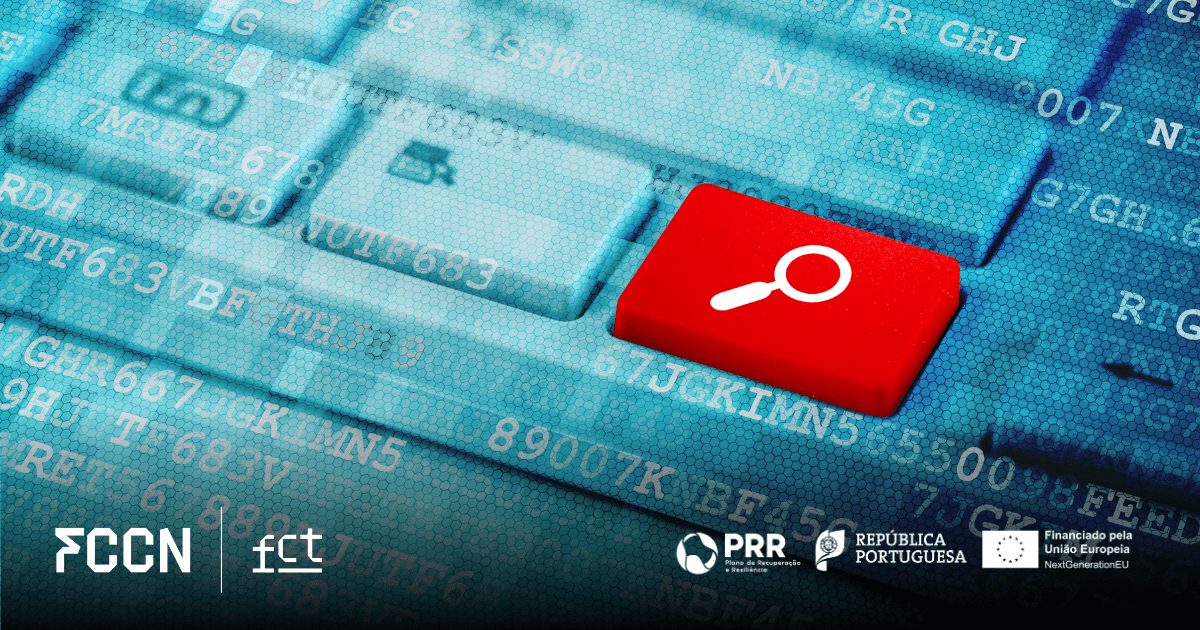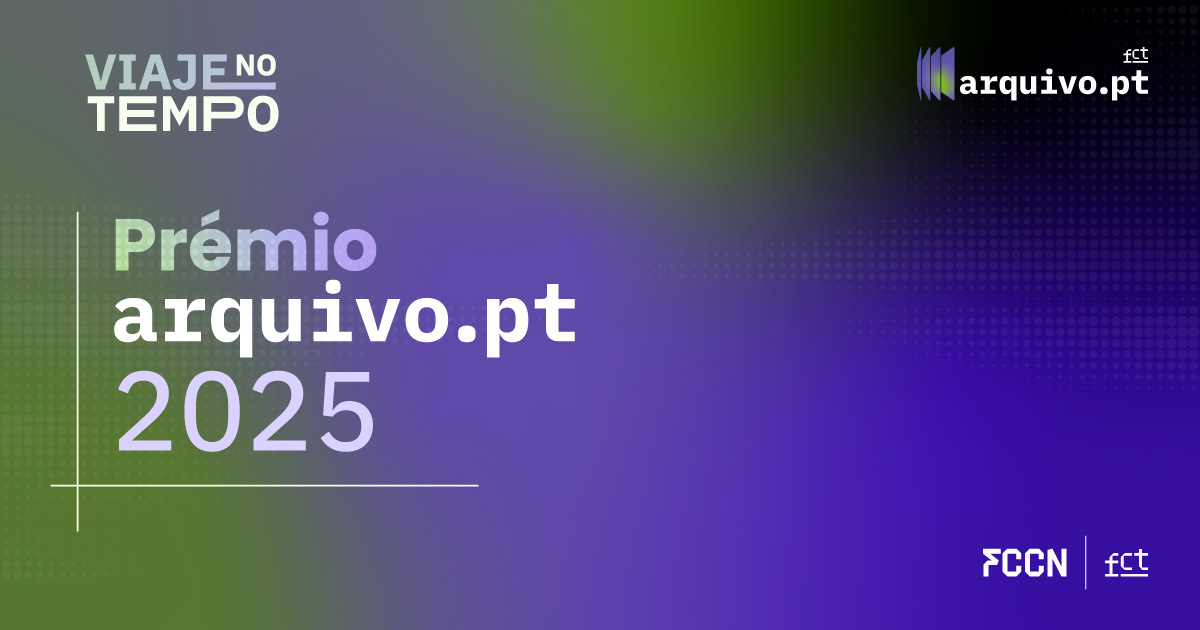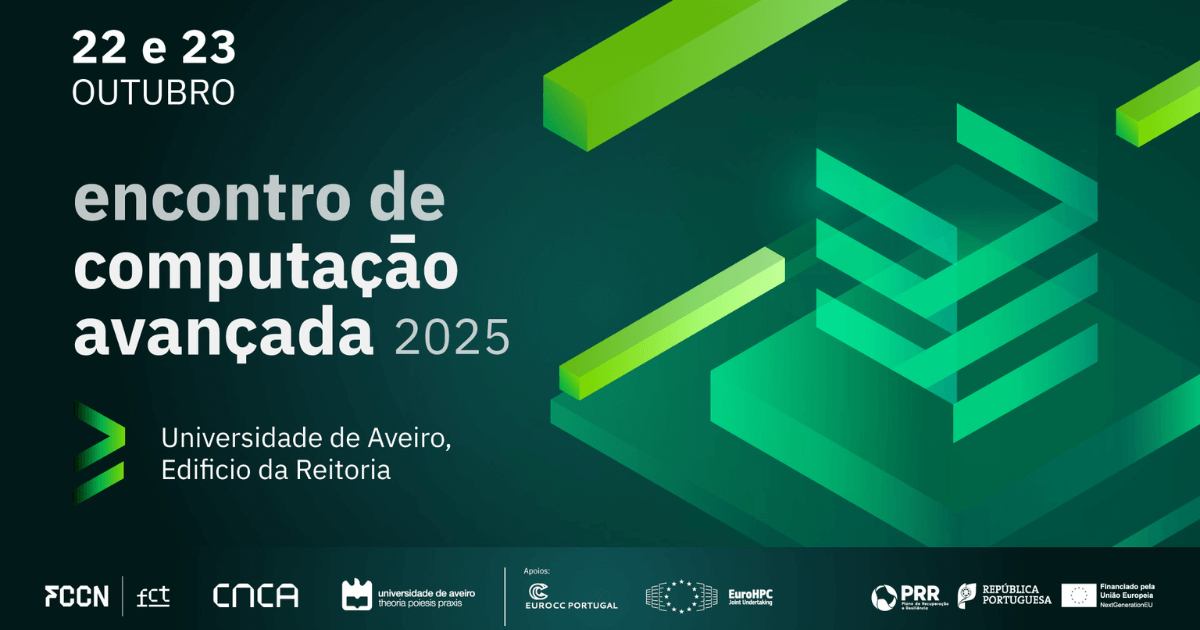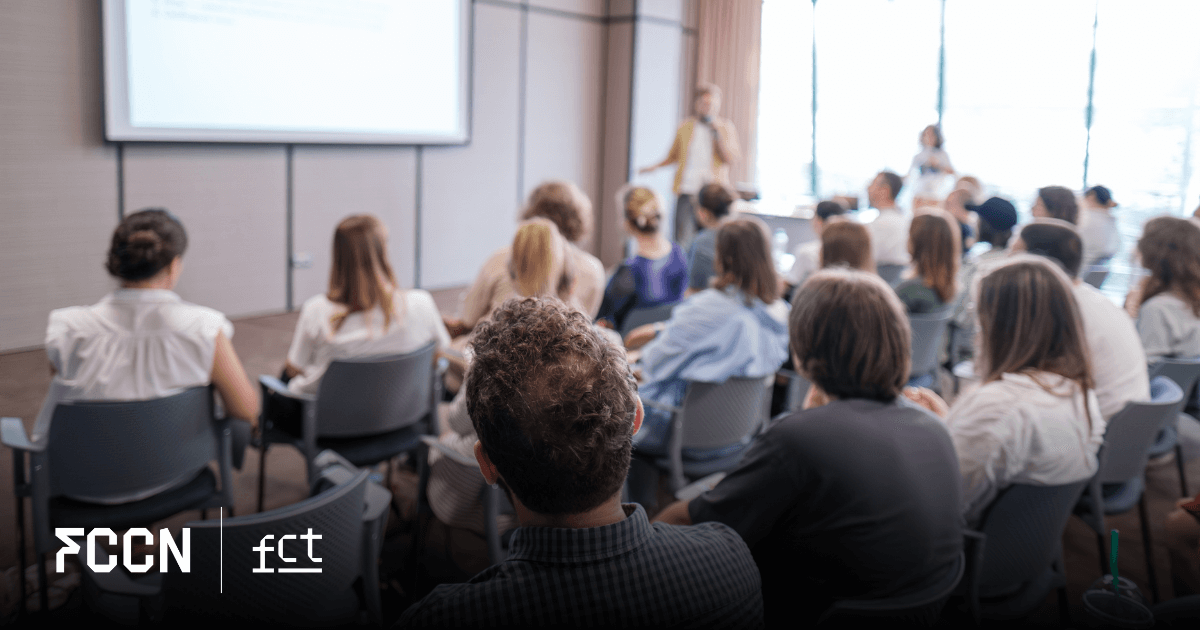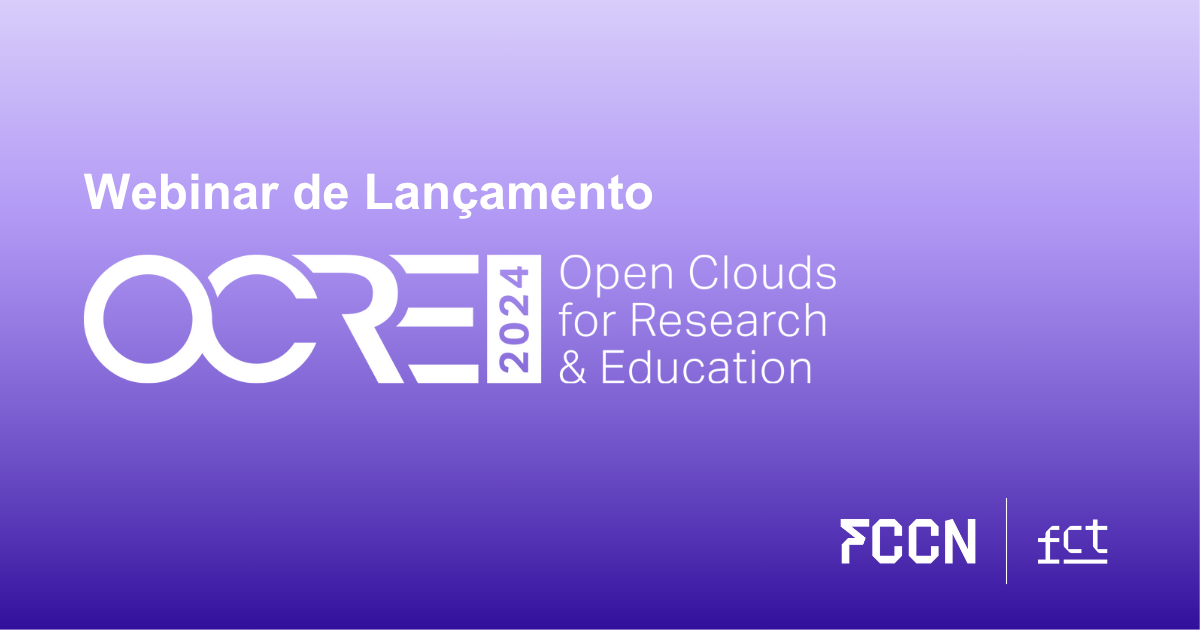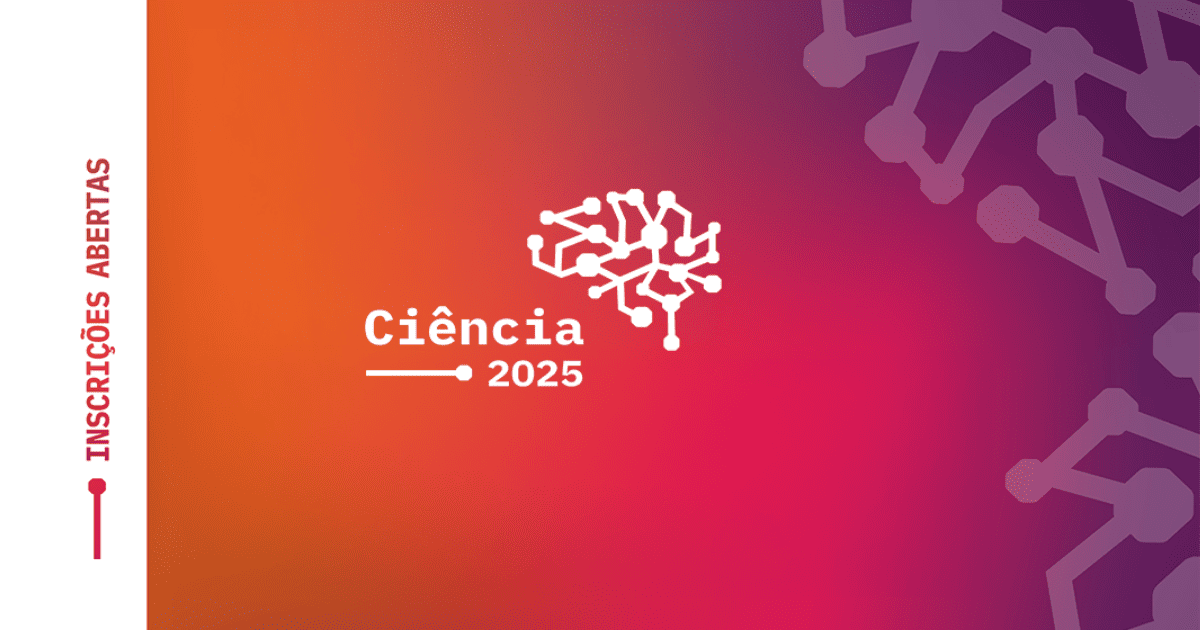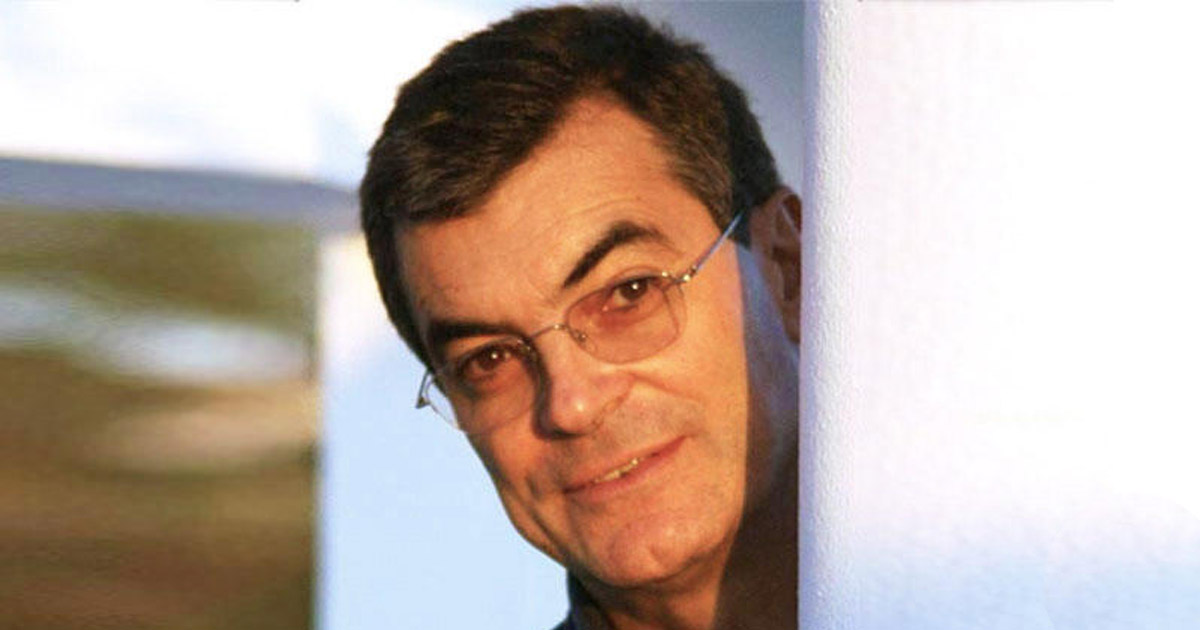
In the fall of 1991, Portugal was connected to the Internet as a result of the "RCCN IP Service" project, led by the FCCN Unit (then the Foundation for the Development of National Means of Scientific Calculation). José Legatheaux Martins, from the Universidade Nova de Lisboa, led this project and has been called the "father" of the Portuguese Internet. In a conversation with FCCN, the Professor recalls the main moments and shares memories of this work, revealing the role of the FCCN Unit in this process: "All the participants had the impression that they were contributing to something big and relevant".
"I never had any hesitations about the path to take: connecting the country to the internet"
Next fall, it will be 30 years since Portugal went online. Can you describe the role of the FCCN Unit (then the Foundation for the Development of National Means of Scientific Calculation) in this process?
Connecting Portugal to the Internet was a bottom-up process. Several professors from different universities held informal meetings to prepare the project. If I remember correctly, there was a first meeting at the Faculty of Science of the University of Lisbon, which was followed by others at the Computer Centre of the University of Porto, the University of Coimbra and the University of Minho.
The meeting at which it was decided to formalize the project took place at the University of Porto's Computer Centre. At that meeting, we were very much encouraged by its Director, Prof. Luís Damas, to find a way of proposing the project to the Science Program. The institution that could formally frame the project and the application to the Science Program was, of course, FCCN (then the Foundation for the Development of National Means of Scientific Calculation), which from that decision took on the role of the project's framing institution.
Until then, FCCN had developed some actions to allow remote access to the supercomputer it had acquired and which was installed at LNEC. It was on the basis of these initial connections that the first IP backbone for Portuguese universities was set up, i.e. part of the funding for this national backbone already came from FCCN. The member of FCCN 's board who became directly involved in the project was Prof. Vasco Freitas from the University of Minho and a member of FCCN's board, but the entire board of FCCN at the time supported the project.
How was the first IP backbone set up technically? Did FCCN play a role in this?
To connect the national IP backbone to the Internet, we used an international line that was subsidized by the European Union. This link worked on the basis of the X.25 protocol to connect the universities, via INESC, to Amsterdam. If I remember correctly, FCCN was also responsible for the European funding for this line.
In other words, FCCN was already subsidizing the communications lines for different purposes, which made it possible, once the protocols used had been reconfigured, to use Internet protocols to establish a connection between a national IP backbone and the Internet. To this end, we used the X.25 line to Amsterdam to connect to the European Internet backbone, which was managed by EUnet, a cooperative network of European institutions.
FCCN had not taken this initiative, but when it realized the scope of this link, it began to support the project, calling it the IP strand of the RCCN (National Scientific Calculation Network). However, shortly afterwards this so-called "strand" became the RCCN itself.
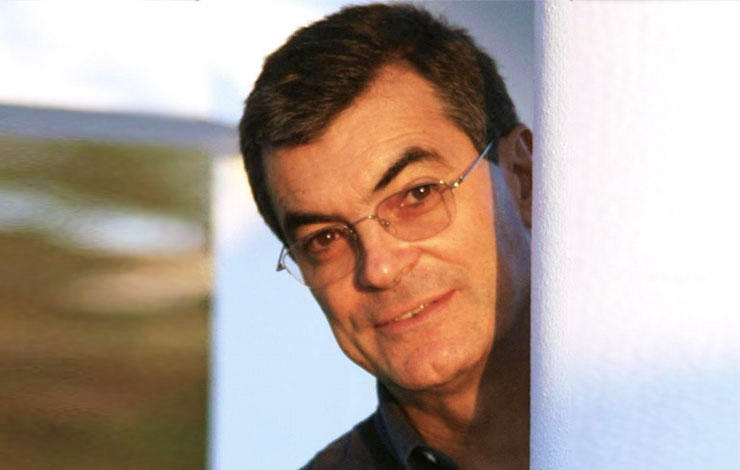
What memories do you have of this time? What was it like to coordinate this work?
Of the more senior participants in the project, I was always the only one who had no hesitation about the direction the project should take: connecting the country to the Internet, including, if possible, companies. Since I combined this clear vision with the ability to mobilize people and resources, I took on the de facto coordination of the project. Also because I knew what needed to be done and had a good relationship with the people in charge of FCCN, who also respected me. De jure, I could have been someone with more institutional power, but in reality, everyone ended up accepting my leadership.
My enthusiasm for the project was so great that I ended up taking everyone with me. On the other hand, we were all very excited and focused on being able to be connected to the Internet. The work progressed very quickly and the results came naturally. The excitement was high and all participants had the impression that they were contributing to something big and relevant. Something, moreover, that we had been able to propose and implement.
Later, the political level became aware of the importance of the Internet and the pioneers gave way to politicians. The development of the Internet naturally became something else, it no longer required only enthusiasm, knowledge and a little money.
We had no idea how big the internet had become.
I at least never imagined that the developments that have taken place in the last 20 years would happen, nor the dimension that the network has acquired.
What were some of the key moments in the process of building Portugal's connection to the Internet?
It was clearly the moment I mentioned, at the Computer Centre of the University of Porto, when everyone accepted that we should adopt the Internet protocols and work to connect, using them, to the European backbone. It was in that meeting that this vision became clearer to everyone.
I even remember, in that meeting, defending that the fastest way to move forward would be for the project to subsidise the acquisition of Cisco routers, which were, at the time, the most advanced equipment to support Internet protocols. Some colleagues present at the meeting were surprised with this defence, as they thought that perhaps equipment with support for other protocols should be considered. However, those decisions turned out to be, afterwards, not only the right ones, but the only ones that allowed us to progress seriously and in the direction that all the networks in the world ended up taking.
Other key moments were the connection of the national backbone to the Internet backbone through the Internet protocols, that is TCP/IP, and also the moment when the NIC (Network Information Center) of the Internet started to consider that our DNS servers in Portugal were the official servers of the .PT domain.
Apart from the coordination work done by you, are there other actors in this work that you feel deserve to be highlighted?
At the level of senior members of the project, the highlight should go to Professor Luís Damas (who initially supported the germination of the idea), to Professor Pedro Veiga (from the moment he understood the guiding line of the project) and to Professor Vasco Freitas (for his role of institutional framework).
However, since this process was bottom-up, I cannot fail to mention the names of all the participants in the so-called IP-Forum. They were the pioneers who decided that, in fact, the way forward was to adopt the Internet protocols. They are Professors Vasco Freitas, Alexandre Santos and Joaquim Macedo (University of Minho), Professors Luís Damas and Rogério Reis (University of Porto), Engineer João Neves (INESC Norte), Engineer Fernando Cozinheiro (University of Aveiro), Professors Edmundo Monteiro and Fernando Boavida (University of Coimbra) and Professor Salvador Abreu (then of the New University of Lisbon).
Professors Pedro Veiga and Henrique João Domingos, Drs. Jorge Frazão and Carlos Canau and myself (University of Lisbon), as well as Dr. António Inês (LNEC). Engineer Henrique Silva, from INESC Lisboa, also gave great support to the project.
The technological evolution of this sector was exponential during the three decades that followed this initial connection. At the time, did you already anticipate that this would be the path to take? And was it possible to predict the impact that this technology would have on social organisation?
We anticipated that this would be the way to go. During the project, we even saw the birth of the Web, we anticipated that all universities and companies would connect, but we had no idea of the dimension that the Internet acquired afterwards. I at least never imagined that the developments that took place in the last 20 years would happen, nor the dimension that the network came to acquire.
It was difficult to anticipate this with any realism. Just look at some of the figures. At the time when the project started, communications costs were so high that it was not possible to anticipate that it would be possible, as it is today, for millions and millions of people to have broadband.
Just to put this into perspective, in 1991, the FCCN supercomputer must have cost several hundred thousand euros, but its capacity was probably the same as that of a powerful laptop today, with less disk or memory. On the other hand, the cost of the Lisbon-Amsterdam connection was around three and a half thousand euros a month, but its capacity was around 16,000 times slower than a 100 Mbps broadband connection (which today should cost less than 30 euros a month)
Indeed, it was this exponential increase in capacity and abysmal price decline that enabled the current unprecedented scale and paved the way for the economic models that underpin current developments.
On your website, you mention the creation of a specific "avenue": the development of connections between higher education institutions (or "Academic Internet"). Looking at what European and national academic and research networks (such as GÉANT or RCTS networks) are today, how do you assess this evolution?
In my view, European networks, like GÉANT for instance, were crucial for European universities and research institutes (and therefore also the Portuguese "Academic Internet") to have earlier access to high quality and high capacity networks. This possibility was fundamental for the national scientific development in general. It has also been important for some developments in advanced networks. However, regarding the Internet developments over the last years, it seems to me that Industry leads, both at the level of high-capacity communications and also at the level of new platforms and distributed systems with gigantic scale.
With a degree in Computer Engineering and a PhD in Distributed Systems, José Legatheaux Martins has a vast academic path, with the execution over time of functions of full professor, Head of the Computer Science Department of FCT/UNL and Vice-Rector for the Scientific Council of the same institution. During 2019 he was the coordinator for the evaluation of the entire faculty of FCT/UNL and, during 2020, he was the A3ES coordinator of a certification commission for bachelor, master and doctoral programmes of Portuguese universities. Since 2017 he is the president of the Portuguese Chapter of the Internet Society.
To find out more about the unit FCCN we recommend visiting the About Us page and reading its history from the hand of its general coordinator, João Nuno Ferreira, in the article The challenges of RCTS: 33 years of history.
